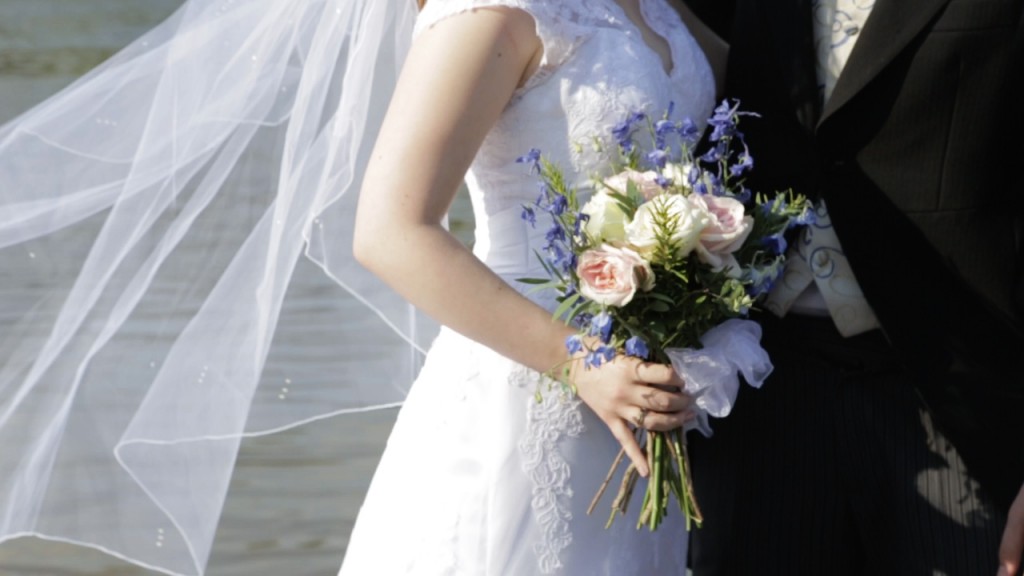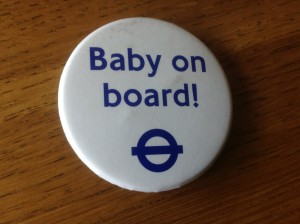 When searching for a wedding dress online or in-store, many brides may come across unfamiliar terms. While this could be due to a multitude of reasons, it’s essential to understand these terms, as they often imply a wide range of bridal styles.
When searching for a wedding dress online or in-store, many brides may come across unfamiliar terms. While this could be due to a multitude of reasons, it’s essential to understand these terms, as they often imply a wide range of bridal styles.
Particularly for brides searching for designer bridal wedding gowns online, knowing and understanding these terms may also make it easier to find her ideal dress. However, this knowledge also helps brides shopping in-store when meeting with bridal consultants to discuss what dresses to try on.
Silhouettes
The silhouette of her gown is the first aspect a bride should narrow in on. Think of it as the outline of the dress, its overall shape. It tells how fitted a gown is and whether it hugs certain areas of the body tighter. A few typical silhouettes are:
- Mermaid: A mermaid style silhouette is fitted at the bust, waist, and hips while flaring out at the knee. The flare gives the effect of a mermaid tail (hence the name). This style flatters curvy body types or women with wider hips than shoulders.
- A-line: An a-line silhouette is fitted through the waist while flaring out softly to create an ‘A’ shape, which offers increased mobility. This style works well for all body types.
- Ball gown: This silhouette is more on the extravagant side. The ball gown often hugs in at the waist or hips and dramatically flares out for an hourglass effect, hence why this shape works well on women with an hourglass body shape. Ball gowns look great on thin women or women with broader shoulders as it gives the illusion of wider hips.
- Sheath: A sheath silhouette is a perfect alternative to a voluminous dress. The style hugs the body and drops straight to the floor, which elongates the bride’s shape. Petite women may find this style flattering.
- Jumpsuit: This style is a one-piece with a top and long connected pants. There are versions that look great on all body types.
Necklines
The next element is to learn about different necklines. Simply put, the neckline is the top edge of a dress near the neck and chest. Some of the most popular necklines include:
- Sweetheart: Just like the name suggests, the sweetheart neckline resembles the top half of a heart and gives the bride a leaner appearance. This neckline is very popular on strapless dresses.
- High neck: A high neckline dress provides the most coverage of any bridal style and comes up to the base of the neck or above.
- Off-the-shoulder: The off-the-shoulder neckline is perfect for summer weddings, as it highlights the collarbones and shoulders with its draped sleeves.
- V-neck: A v-neckline is ideal for brides looking for the appearance of a longer torso. V-neck dresses appear in a ‘V’ shape and usually have straps or sleeves.
- Straight across and Square: These necklines are similar in that the dress’s edge lies in a straight line across a women’s decollete. The difference is whether the gown is strapless or not.
Sleeve Styles
Depending on the season, a bride may opt for a dress with sleeves. Some of the most popular sleeve styles include:
- Long sleeves: These are more of a formal style and come down to the wrist without being over-the-top. Within the category of long-sleeved dresses is variation in sleeve style. Some dresses have fitted long sleeves made from just lace, while others feature illusion lace. Bell sleeves are another option; made popular in the 1970s but are currently making a comeback.
- Off-the-shoulder: These sleeves are great for highlighting the bride’s shoulders and collarbones in a very chic way.
- Cap sleeves: These are very short and flutter from the shoulder but does not feature any fabric underneath the arm.
- Strapless: This style means there are no straps or sleeves on the dress, highlighting the neck, shoulders, and collarbone. For a traditional bride, long gloves look elegant with a strapless ball gown.
- Puff sleeve: A puff sleeve is fitted at the bottom of the wrist with elastic to keep it in place. It offers a youthful look and can sometimes look bohemian if done right.
- Spaghetti strap: These are more of a dainty detail and hold up the dress without covering the arms.
Waistlines
The waistline may seem insignificant compared to the other elements of a wedding dress. However, it adds a signature defining area to the silhouette. Some popular waistline styles to consider are:
- Basque waistline: The seams on the basque create a ‘U’ or ‘V’ shape in the front and are on hourglass ball gowns.
- Empire waistline: This waistline sits just below the bust and is high and raised, creating a tall and slender appearance.
- Dropped waistline: This waistline drops to the thighs, creating a leaner and longer torso. This is not necessarily the same as the mermaid style.
- Medium/natural waistline: This waistline sits at the bride’s natural waist, offering more comfort.
Trains
The train of a wedding dress adds extra length to the end of the dress. The most common train styles include:
- Sweep: This is the shortest train for a dress, at about 10 inches long, and is perfect for outdoor weddings.
- Court: The court train is the same size as the sweep, except it extends from the waist rather than the hem.
- Chapel: This is 3 feet from the waist and is perfect for brides who want simple.
- Cathedral: This train is 6 feet from the waist and suits indoor weddings the best.
Terminology Is Helpful
With so much variation in the style of wedding dresses, researching and understanding bridal terminology before shopping can make the experience much less stressful. It’s helpful for brides to understand what they want but also for when it comes to explaining what kind of dress they’re looking for with ease.
Collaborative post with our brand partner.






















